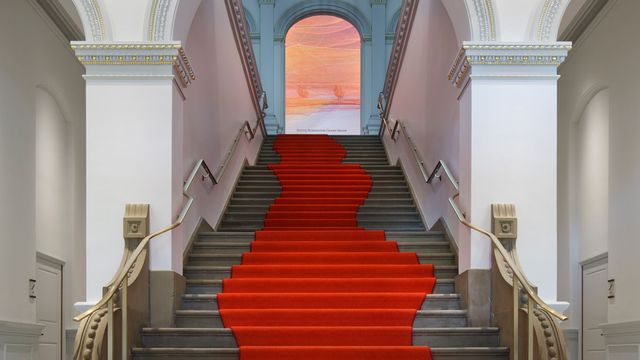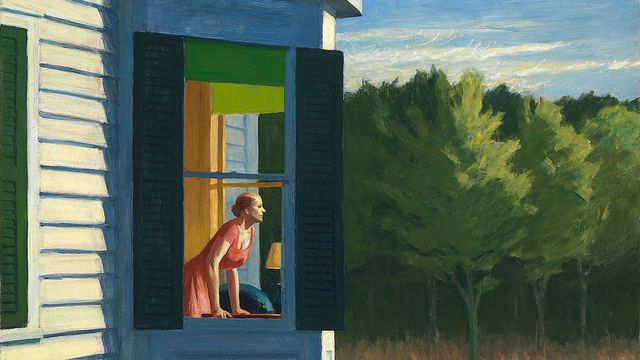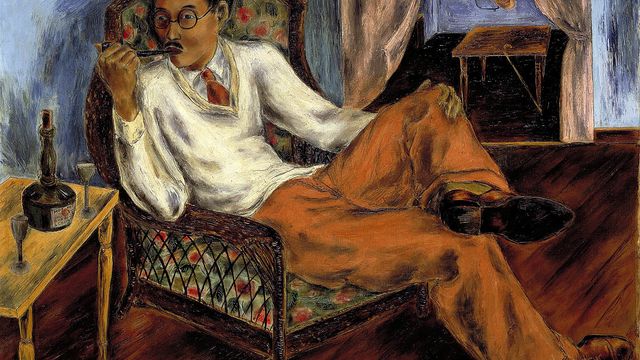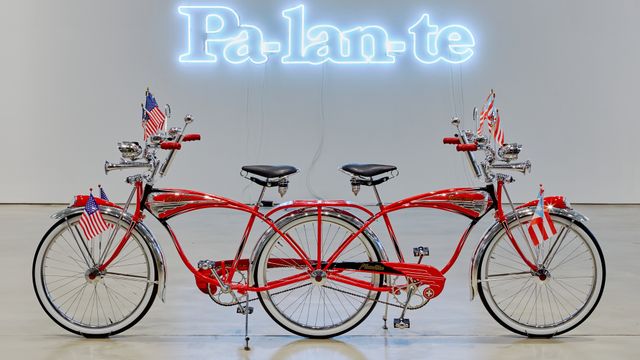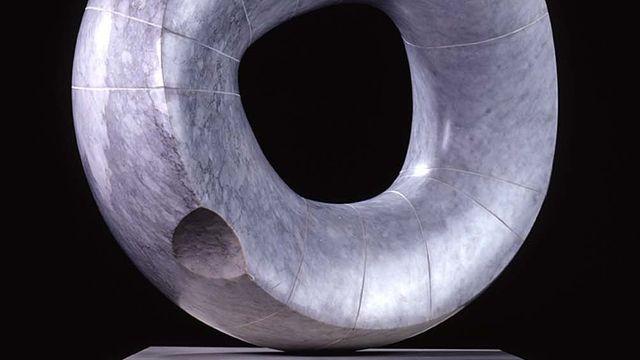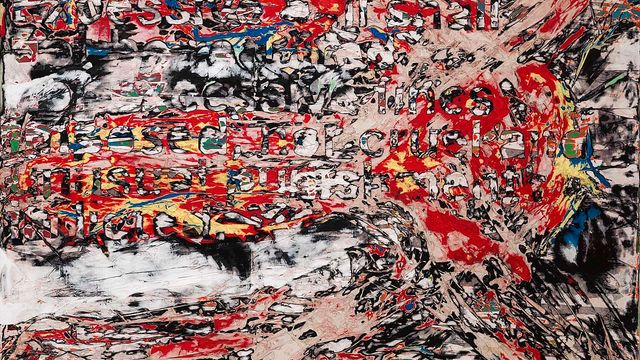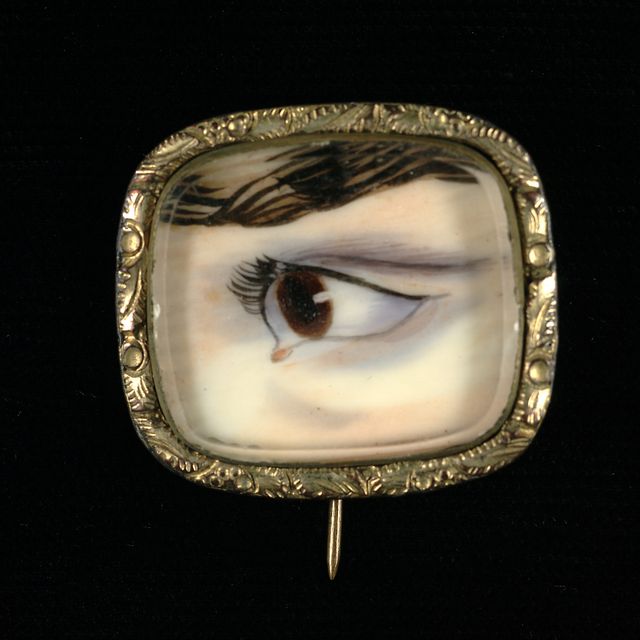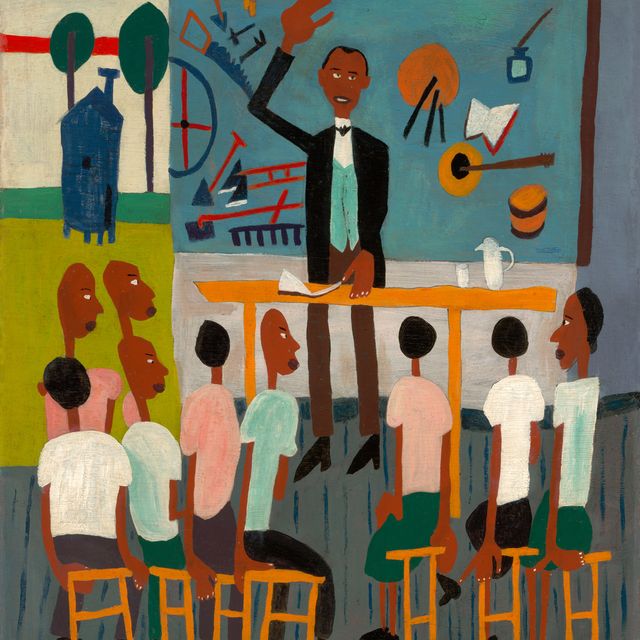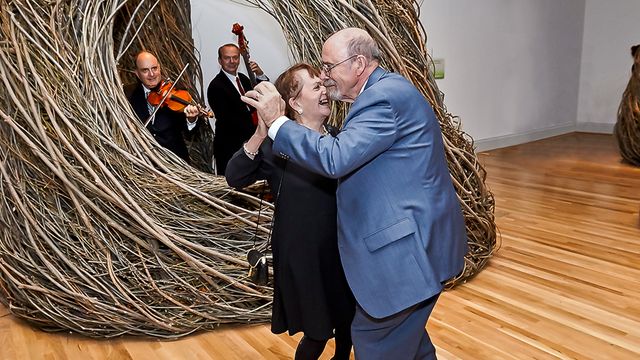Artwork Details
- Title
- Reservoir
- Artist
- Date
- 1961
- Location
- Not on view
- Dimensions
- 85 1⁄2 x 62 1⁄2 x 15 1⁄2 in. (217.2 x 158.7 x 39.4 cm.)
- Credit Line
- Gift of S.C. Johnson & Son, Inc.
- Mediums Description
- oil, wood, graphite, fabric, metal, and rubber on canvas
- Classifications
- Highlights
- Subjects
- Abstract
- Allegory — time
- Object Number
- 1969.47.70
Artwork Description
Robert Rauschenberg was one of the Beat Generation of artists, writers, and musicians who attacked the barriers between art and life. In Reservoir, a length of wood, two clocks, and a couple of cast-off wheels reach out from the painted surface into the viewer's space. These elements represent both the randomness and order that Rauschenberg saw in everyday life. The arrangement of objects and thick, splashy brushstrokes represent his split-second decisions, and the two clocks record when he started the work and the moment he considered it finished.
Smithsonian American Art Museum: Commemorative Guide. Nashville, TN: Beckon Books, 2015.



